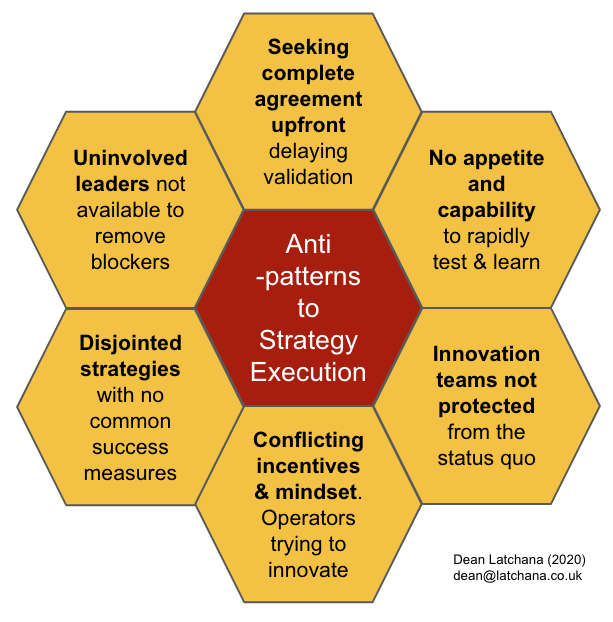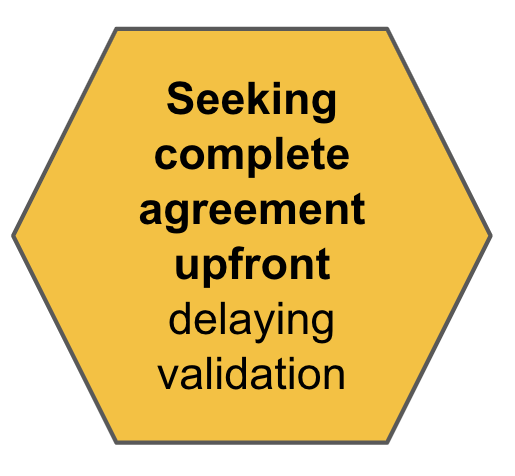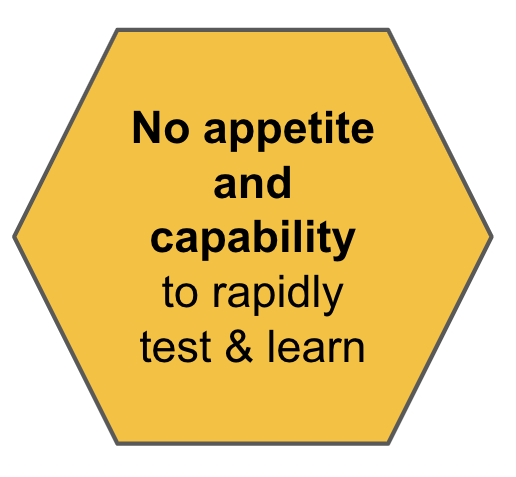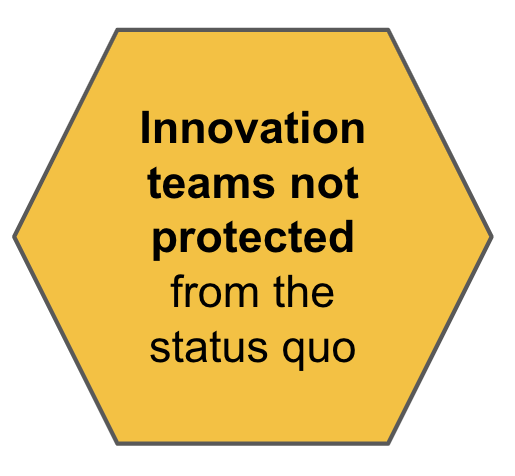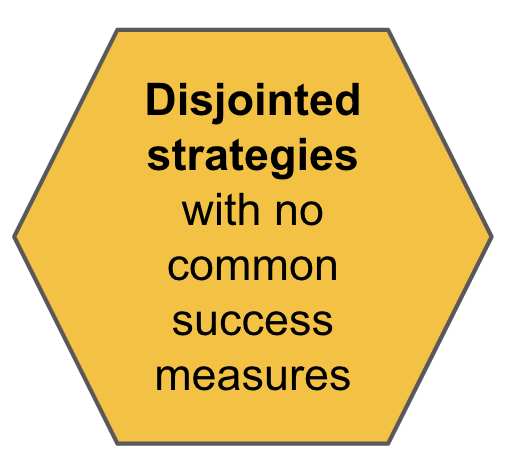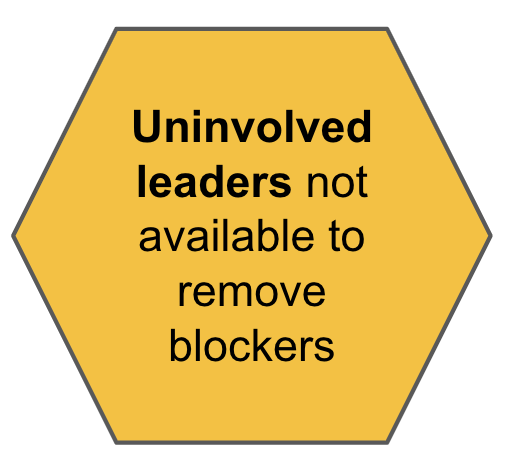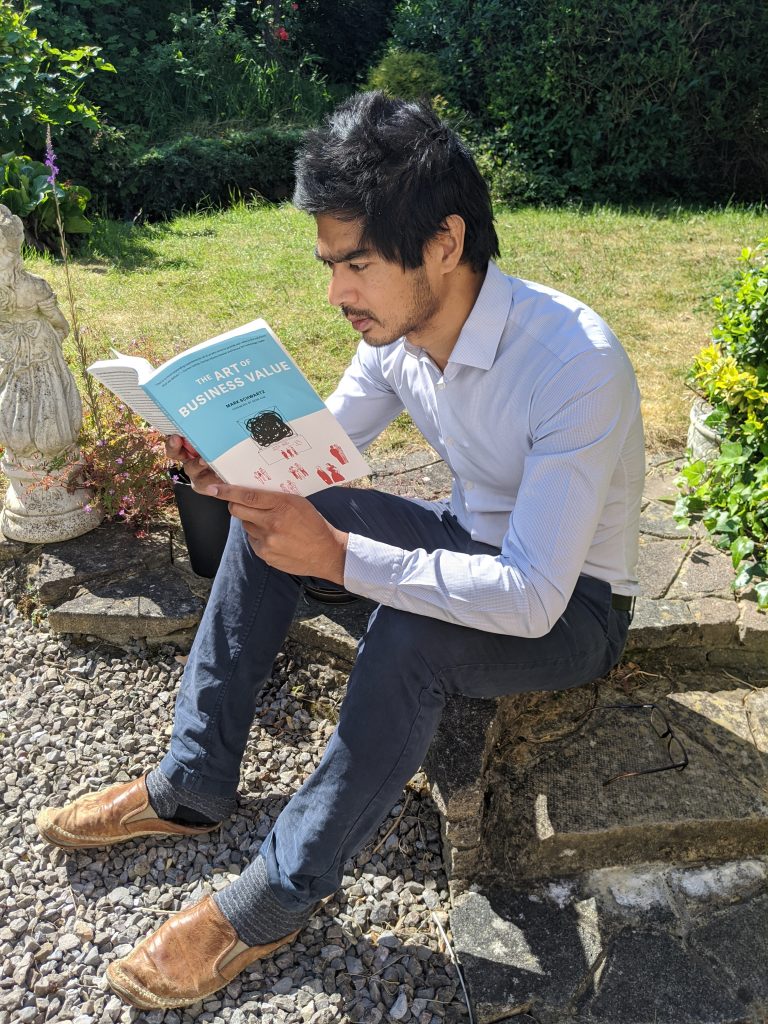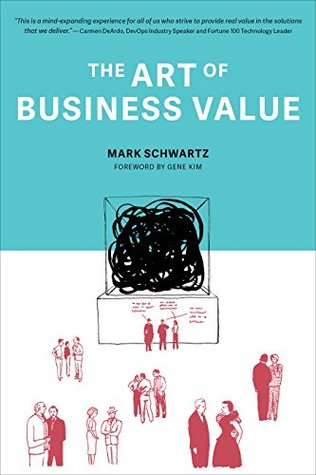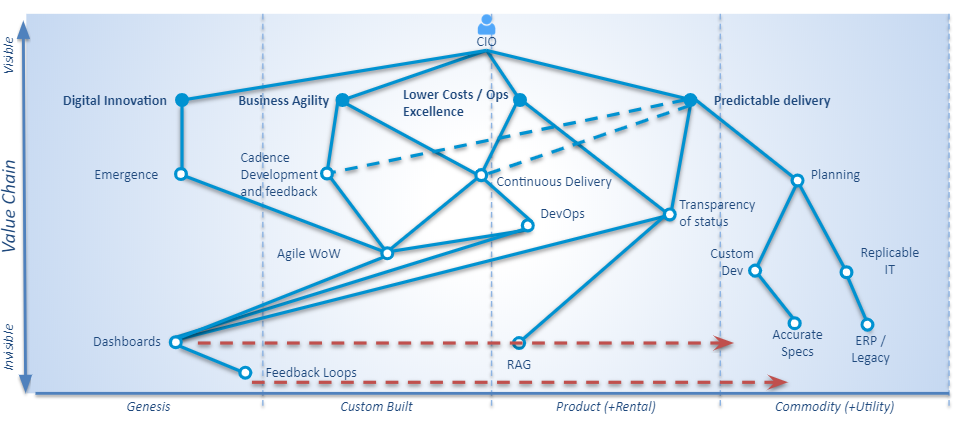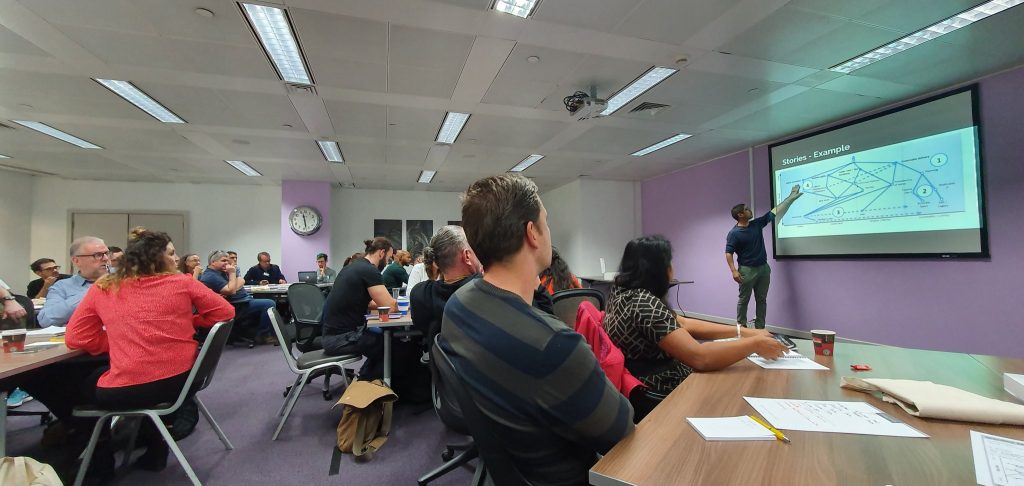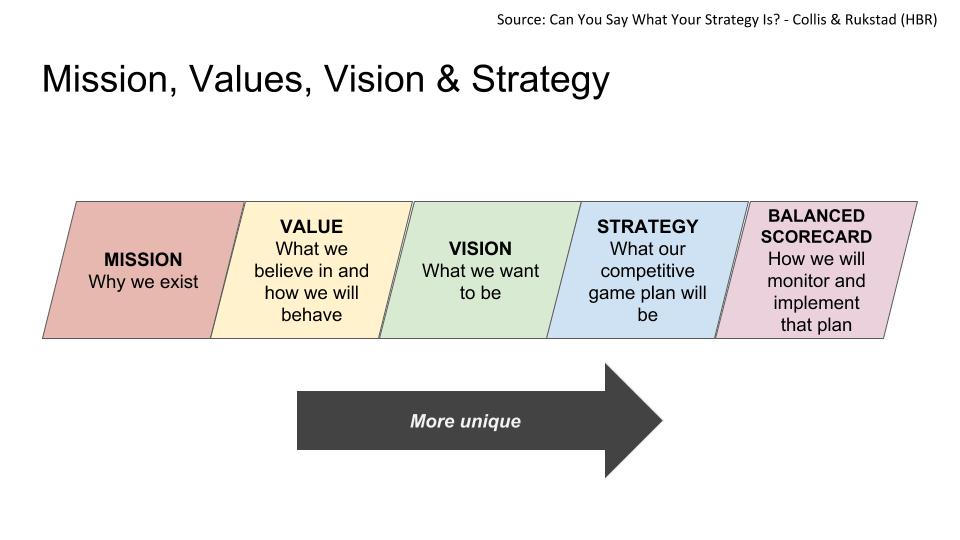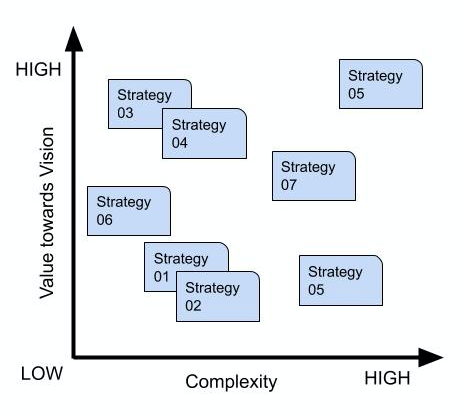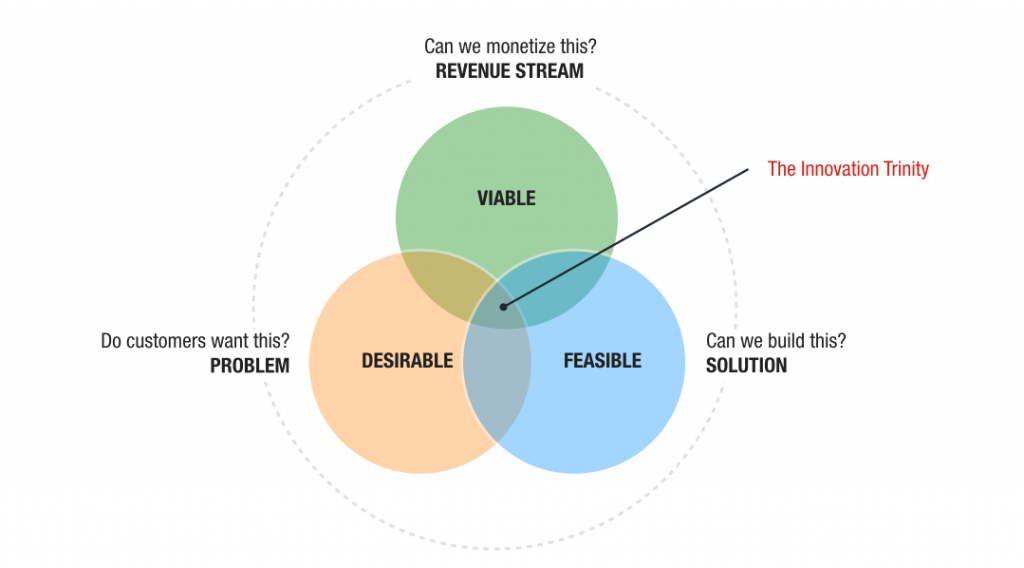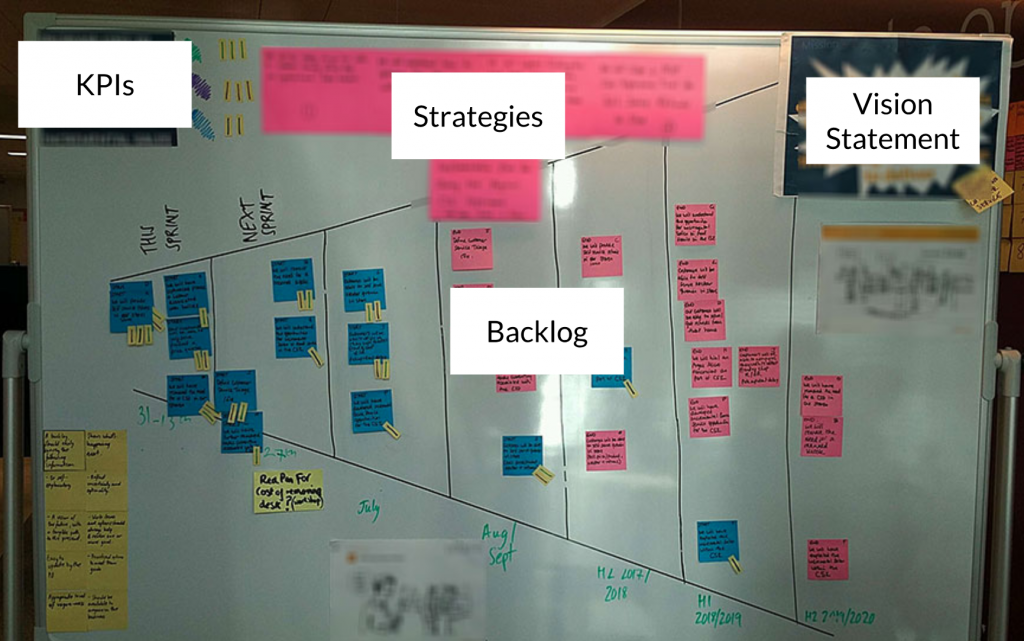I’m often asked by leaders to support their organisation to execute their strategies. So over the years, I’ve come to recognise common anti-patterns which hamper organisations from delivering upon their strategies.
In my last article, I shared those anti-patterns to strategic execution. In this article, I’ll share the patterns which support the mindset, ways of working and conditions for effective strategic execution.
But first, let’s remind ourselves of what is a strategy and how it relates to organisational transformation?
Strategy and Organisational Transformation
“A strategy is something which gives consistency over time and contains the essence of how you’re going to be different”
Gary Hamel
An organisation is likely to be employing multiple strategies. Each strategy is a vehicle for organisational transformation and value creation. They can fall into these categories:
- Business – In a rapidly changing world, what’s right for the business and the colleagues? Yesterday’s success may not be tomorrow’s.
- Competitive market – How should the company differentiate itself? What privileged insights or capabilities does it want to bring to bear?
- Customers/stakeholders – What new or existing wants, needs and desires does the company want to address? Which ones should it stop serving?
Uncertainty means an organisation should test & learn which strategies will fit the organisation’s vision. A vision describes what the organisation wants to become; it’s an aspirational and motivational indeterminate future goal.
To move with velocity to drive profitable growth and become an even better McDonald’s serving more customers delicious food each day around the world.
McDonald’s Vision Statement
Now, onto the common patterns which I’ve come to recognise as conducive to strategic execution…
Patterns for Strategic Execution
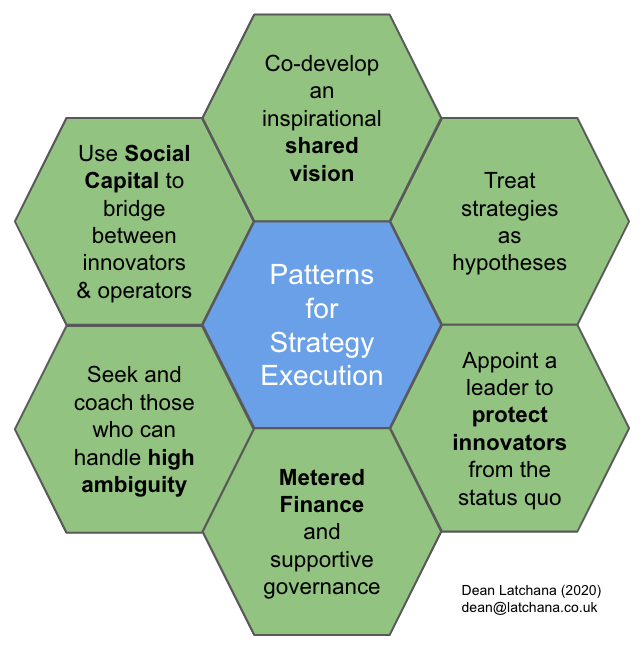
Shared Vision
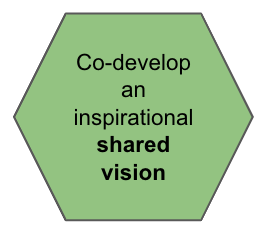
Co-develop a unifying vision statement which is both aspirational and motivational for leaders, innovators and the wider business. This serves as a North Star which all strategies coherently work towards, judged by a common set of success criteria.
Strategies as hypotheses
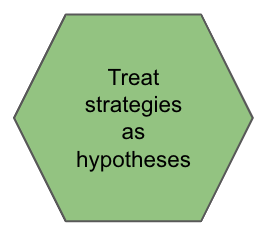
Create a safe-to-learn environment. Then rapidly test which strategies fit the organisation’s vision. Use MVPs to test a strategy’s worthiness where the minimum is done to maximise learning. If you haven’t nailed it, don’t scale it.
Protect Innovators
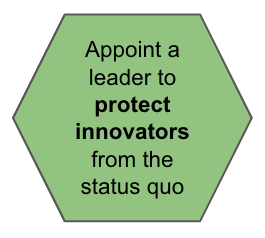
Appoint a leader who creates time and support for innovators to test, learn and recover from failure without being impeded by the status quo. Leaders must free-up their own time to remove organisational impediments and understand when to encourage teams to push on.
Metered Finance
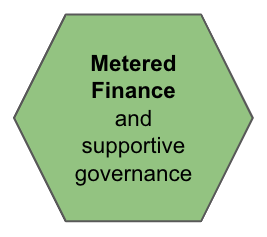
Like venture capital investment, metered finance is the incremental release of funding judged on the evidence of successful outcomes. Such governance helps innovators know when to persevere, pivot or pull-the-plug on their strategies.
High ambiguity
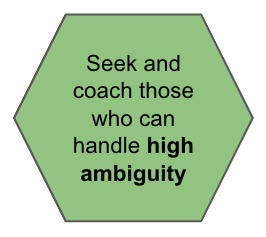
Handpick individuals to form highly supported innovation teams. Such individuals are able to deal with constant change and novelty. They can cope well with failure, experimentation and can rapidly test their gut feelings.
Social Capital
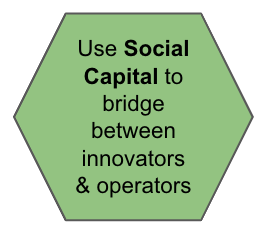
Once they’ve found early success, innovators will need the support of operators. Operators have the access to capital and scale. Support individuals who have, as Mary Uhl-Bien describes, the Social Capital to bring those two worlds together.
